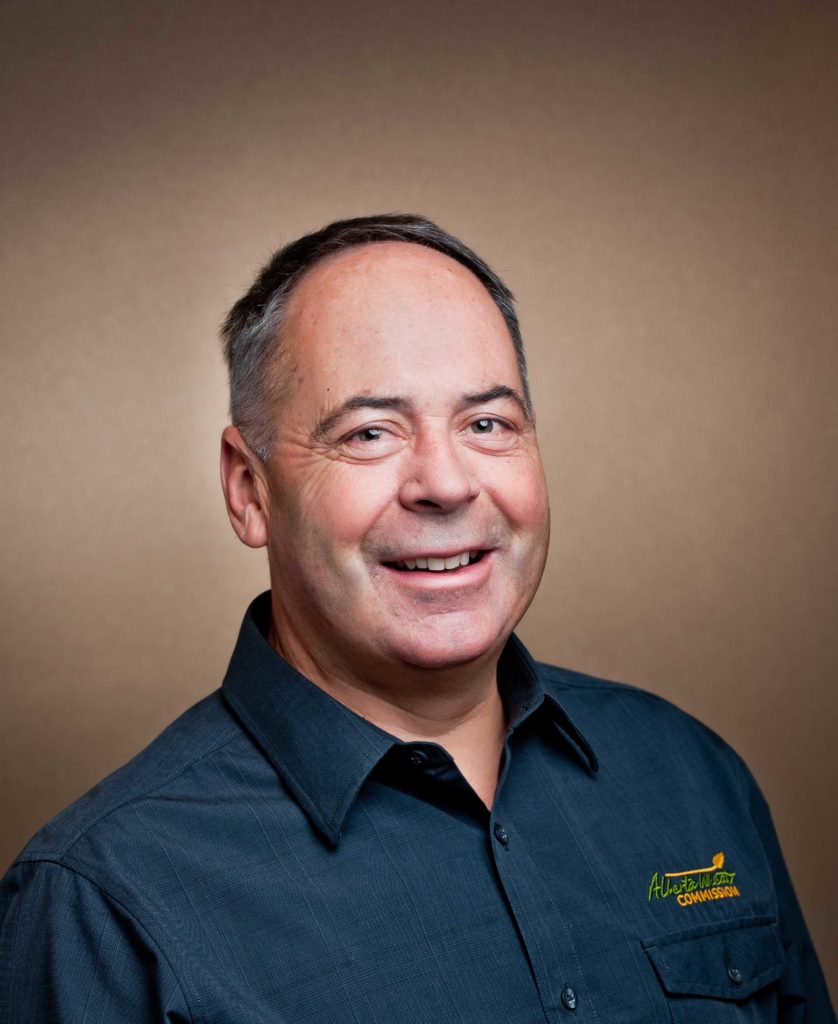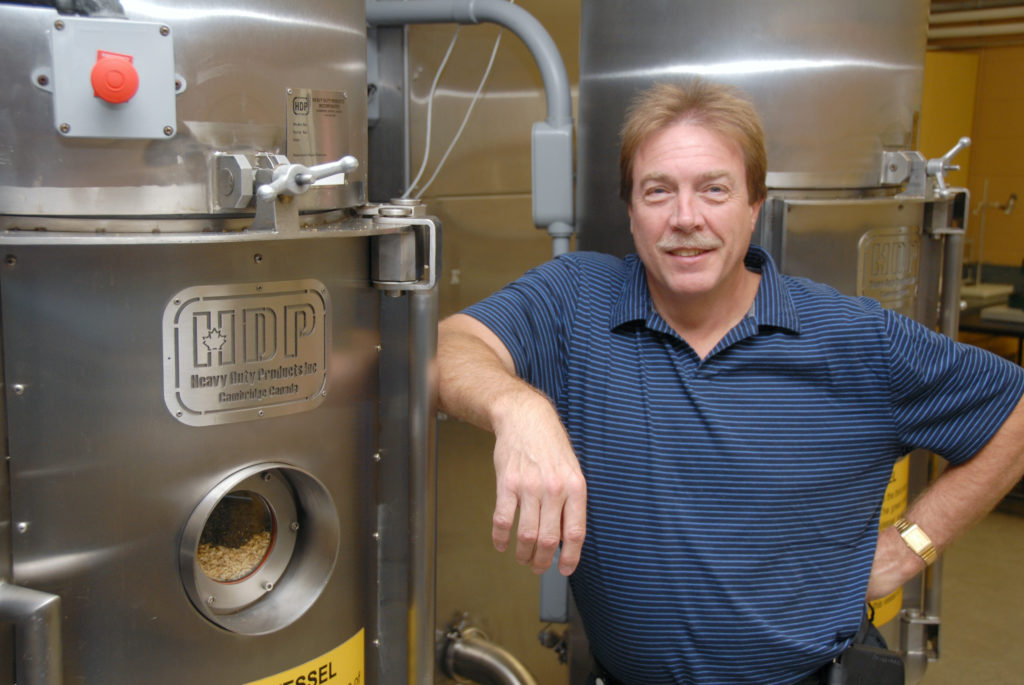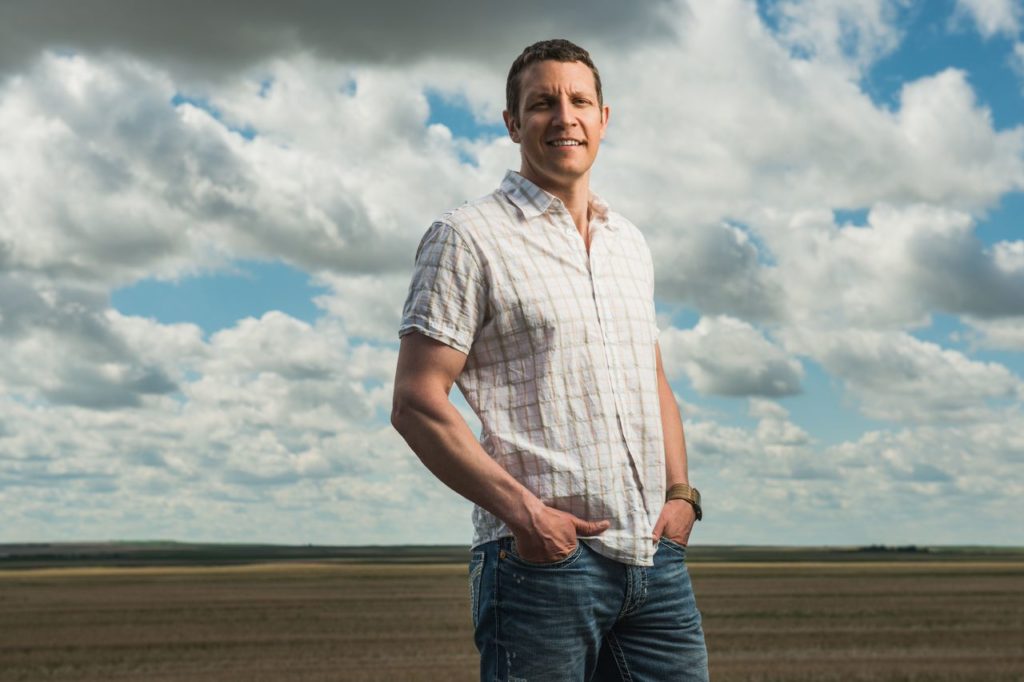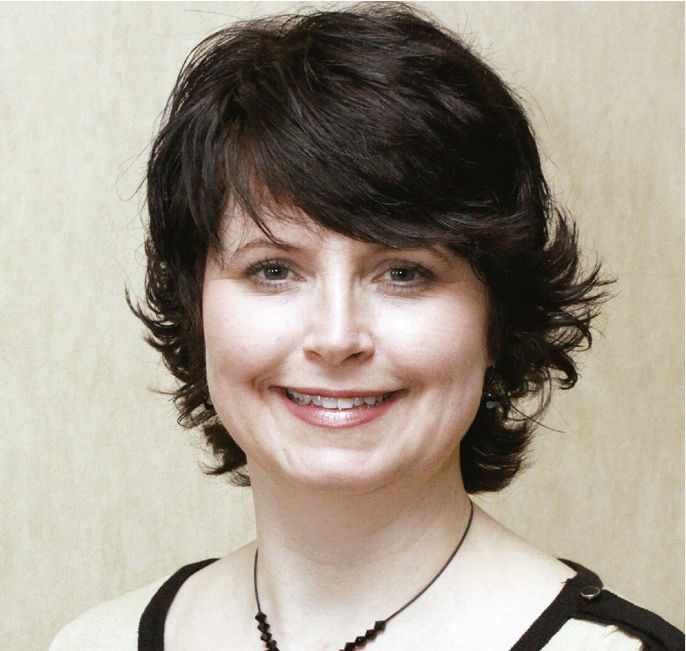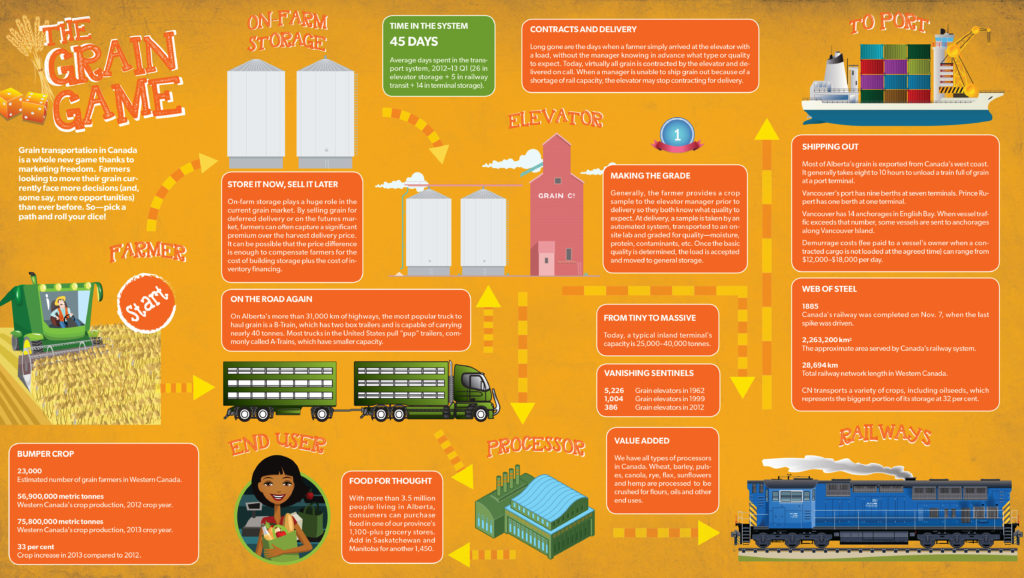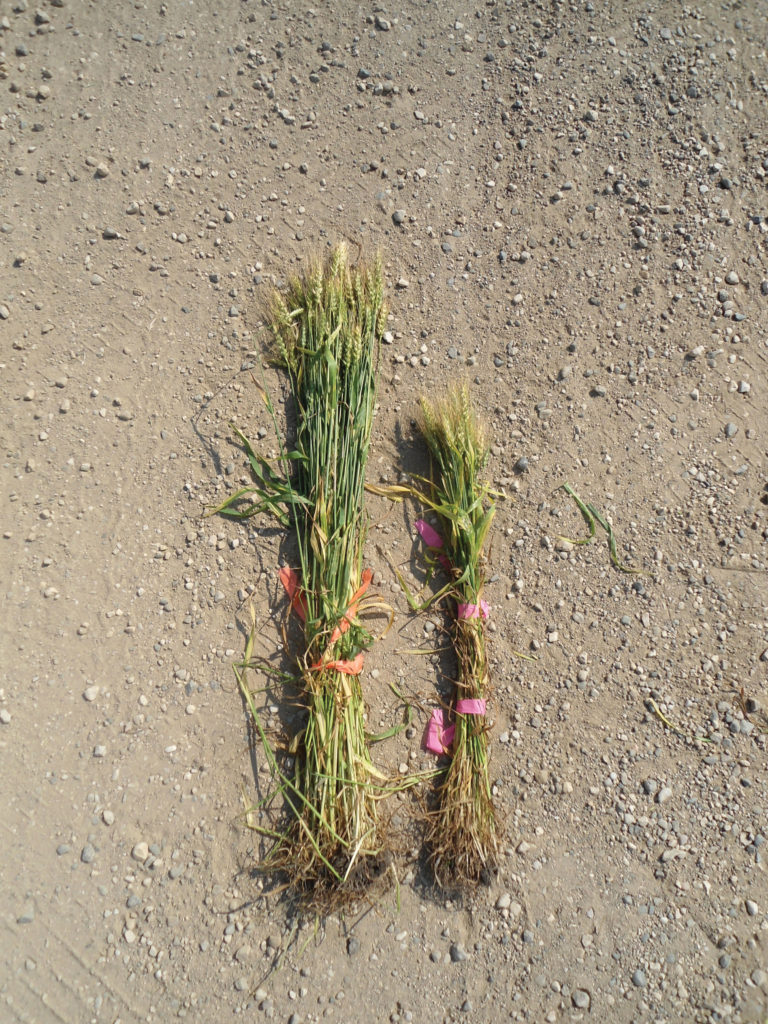MAKING AGRICULTURE BETTER
By Tyler Difley Greg Porozni, chairman of Cereals Canada, has a long history in agriculture, both on the farm and in the boardroom. The fourth-generation farmer runs a 5,000-acre operation in Willingdon, east of Edmonton, where they grow wheat, canola and peas. Porozni’s two sons, Jeff and Adam, live on the farm in […]




